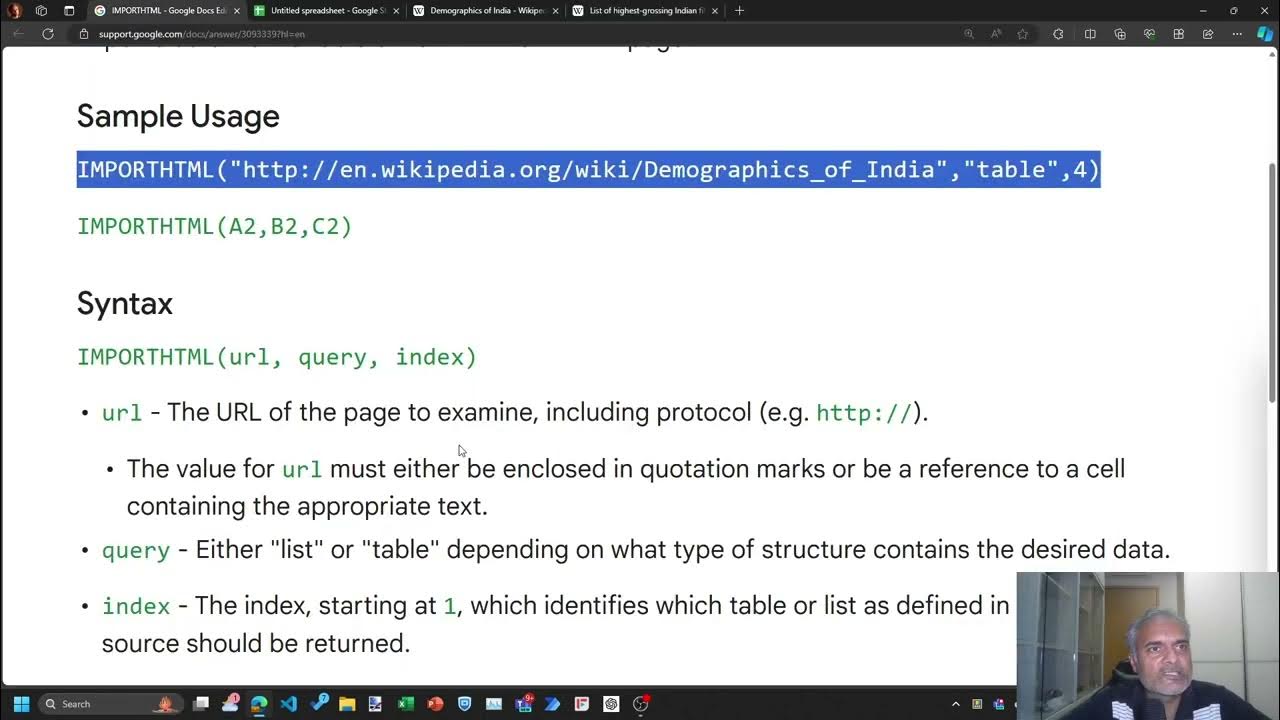Fast API Tutorial, Part 3: Query Parameters
Summary
TLDRThis FastAPI tutorial video explores the concept of query parameters, essential for dynamic searching in web applications. It demonstrates how to set up query parameters in a route using 'skip' and 'limit' to paginate results. The tutorial also covers making parameters optional and leveraging Pydantic's type conversion capabilities. Viewers learn to handle path and query parameters together and understand the importance of parameter ordering in function declarations. The video concludes with a look at required query parameters and a preview of upcoming content on request bodies.
Takeaways
- 🌐 The video is part of a Fast API tutorial series focusing on query parameters in web development.
- 🔍 Query parameters are additional tags placed at the end of a URL to enable more dynamic searching from the front end.
- 🛠 In Fast API, query parameters are included in function parameters as items not listed in the path parameters.
- 📝 The script demonstrates setting up query parameters with 'skip' and 'limit' to control the pagination of data retrieval.
- 📚 A fake items database is created for demonstration, with items like 'foo', 'bar', and 'bass'.
- 🔄 The script shows how to return a subset of the fake items database based on the 'skip' and 'limit' query parameters.
- 🔄 It's possible to make query parameters optional by setting default values, such as `optional_string = None`.
- 🔑 The video explains the distinction between path parameters and query parameters in Fast API and how Fast API handles them differently.
- 📌 With Python 3.10, the use of 'Optional' from 'typing' is no longer necessary; direct type hints like `str | None` are sufficient.
- 🔄 Pydantic's type conversion capabilities are highlighted, allowing for flexible input like 'true', '1', 'yes', or 'on' to be interpreted as boolean `True`.
- 🚫 The video points out a common Python error regarding the order of default and non-default parameters in function declarations.
Q & A
What is the main topic of this video tutorial?
-The main topic of this video tutorial is Query Parameters in Fast API.
What are query parameters in the context of Fast API?
-Query parameters are additional tags that can be included at the end of a URL to allow for more dynamic searching from the front end.
How are query parameters different from path parameters in Fast API?
-Query parameters are included in the function parameters and are not listed in the route path, whereas path parameters are declared in the route path and are used to look for specific segments in the URL.
What is the default value for the 'skip' and 'limit' query parameters in the example provided?
-The default value for 'skip' is 0, and for 'limit', it is 10.
How can you make a query parameter optional in Fast API?
-You can make a query parameter optional by setting its default value to None and using the typing.Optional annotation from the 'typing' module.
What is the purpose of using the 'short' boolean query parameter in the example?
-The 'short' boolean query parameter is used to determine whether to return a shortened version of the data or a more detailed version.
How does Fast API handle type conversion for query parameters?
-Fast API uses Pydantic for type conversion, which allows it to automatically convert string representations of query parameters into the specified data types, such as booleans or integers.
What is the error that occurs when non-default parameters are declared after default parameters in a function definition in Python?
-The error is that non-default parameters cannot follow default parameters in a function declaration, which is a generic Python error, not specific to Fast API.
Can you have required query parameters in Fast API?
-Yes, you can have required query parameters in Fast API, although it's considered unusual as required parameters are typically included as path parameters.
What will be the topic of the next video in the series?
-The next video in the series will cover request bodies, including submitting POST requests and sending data via POST and PUT methods.
Outlines

此内容仅限付费用户访问。 请升级后访问。
立即升级Mindmap

此内容仅限付费用户访问。 请升级后访问。
立即升级Keywords

此内容仅限付费用户访问。 请升级后访问。
立即升级Highlights

此内容仅限付费用户访问。 请升级后访问。
立即升级Transcripts

此内容仅限付费用户访问。 请升级后访问。
立即升级5.0 / 5 (0 votes)






